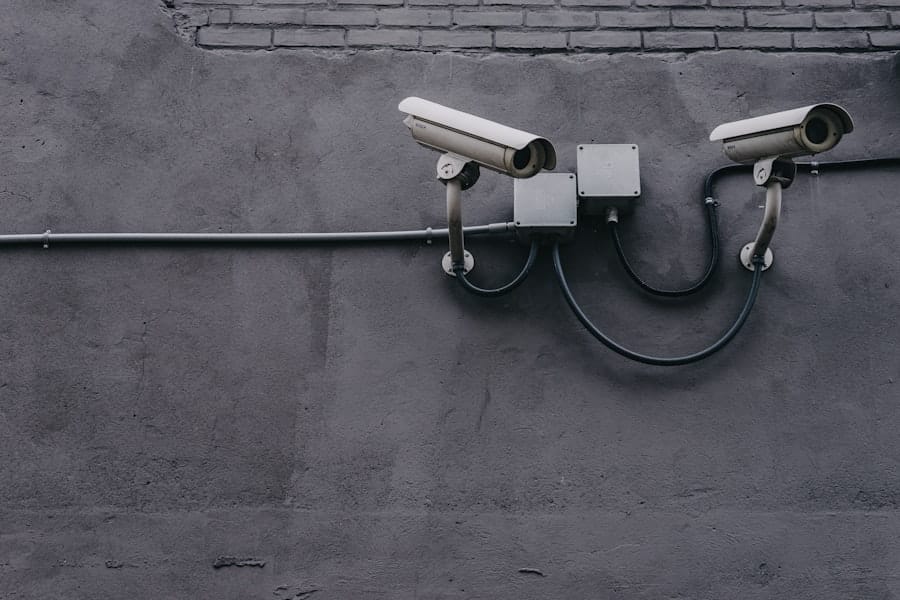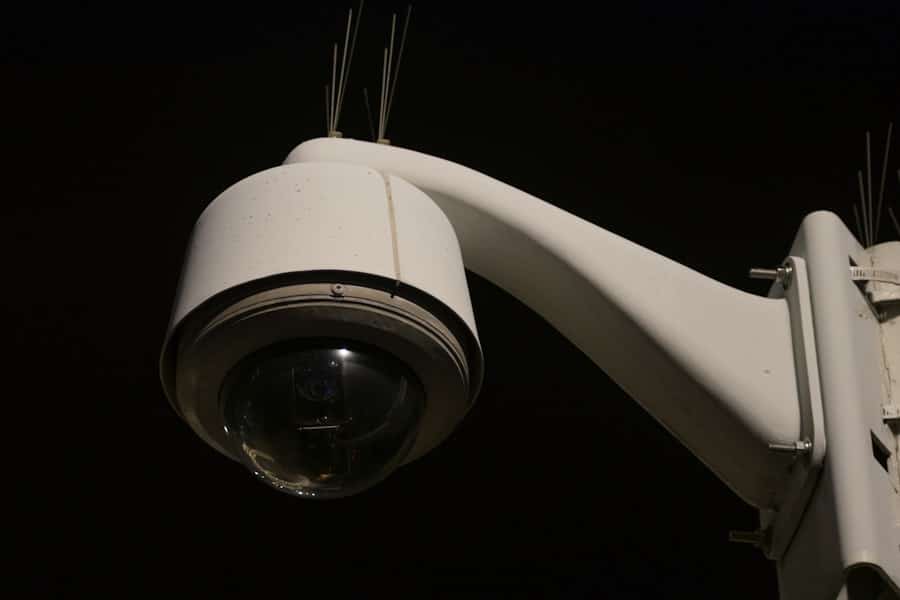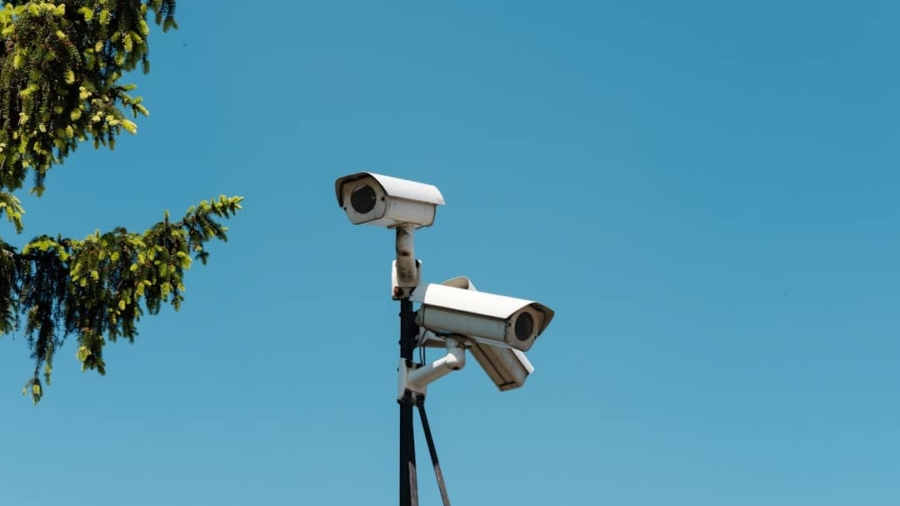Wireless communication has become an indispensable tool in the realm of crowd control, particularly in large-scale events such as concerts, festivals, and sporting events. The ability to communicate instantaneously without the constraints of physical connections allows for a more dynamic and responsive approach to managing crowds. As events grow in size and complexity, the need for effective communication strategies becomes paramount.
Wireless communication systems facilitate real-time information sharing among event staff, security personnel, and emergency responders, ensuring that any potential issues can be addressed swiftly and efficiently. The evolution of wireless communication technologies has significantly enhanced the capabilities of event organizers and security teams. From two-way radios to sophisticated mobile applications, these tools enable seamless coordination and situational awareness.
The integration of wireless communication into crowd management strategies not only improves safety but also enhances the overall experience for attendees. As we delve deeper into the role of wireless communication in crowd control, it becomes evident that these technologies are not merely supplementary; they are foundational to the successful management of large gatherings.
Key Takeaways
- Wireless communication plays a crucial role in crowd control at events by enabling real-time communication and coordination among security personnel and event organizers.
- Using wireless communication for crowd control offers advantages such as improved response time, enhanced situational awareness, and better coordination among security teams.
- Types of wireless communication technologies for event crowd control include two-way radios, mobile phones, and specialized communication systems such as mesh networks and RFID technology.
- Successful case studies demonstrate the effectiveness of wireless communication in crowd control, such as the use of two-way radios to coordinate security teams at large-scale events.
- Despite its benefits, challenges and limitations of using wireless communication for crowd control include potential signal interference, limited coverage in remote areas, and the need for backup communication systems in case of network failures.
The Role of Wireless Communication in Event Management
In the context of event management, wireless communication serves as the backbone for operational efficiency. Event organizers rely on these systems to disseminate information quickly and accurately among various stakeholders, including staff, vendors, and security teams. For instance, during a large music festival, event coordinators can use wireless communication to relay updates about schedule changes, weather conditions, or emergency situations to all personnel involved.
This immediacy is crucial in maintaining order and ensuring that everyone is on the same page. Moreover, wireless communication enhances the ability to monitor crowd dynamics in real-time. By utilizing technologies such as drones equipped with cameras or mobile applications that track attendee movement, event managers can gain insights into crowd density and behavior.
This data can inform decisions about resource allocation, such as deploying additional security personnel to areas experiencing high traffic or potential bottlenecks. The proactive approach enabled by wireless communication not only mitigates risks but also fosters a more enjoyable environment for attendees.
Advantages of Using Wireless Communication for Crowd Control

The advantages of employing wireless communication for crowd control are manifold. One of the most significant benefits is the speed at which information can be transmitted. In emergency situations, every second counts; thus, having a reliable wireless communication system can mean the difference between a minor incident and a major crisis.
For example, if a medical emergency arises in a crowded area, security personnel can quickly alert medical teams through their wireless devices, ensuring that help arrives promptly. Another advantage is the flexibility that wireless communication offers. Unlike traditional communication methods that may require physical infrastructure, wireless systems can be deployed rapidly and adapted to various environments.
This adaptability is particularly beneficial for temporary events held in outdoor settings or venues where permanent communication infrastructure may not exist. Additionally, many modern wireless communication tools come equipped with features such as group messaging and location tracking, which further enhance coordination efforts among event staff.
Types of Wireless Communication Technologies for Event Crowd Control
A variety of wireless communication technologies are available for effective crowd control during events. Two-way radios remain a staple in the industry due to their reliability and ease of use. These devices allow for instant voice communication among team members, making them ideal for real-time coordination.
Many two-way radios are designed to operate over long distances and in challenging environments, ensuring that communication remains uninterrupted even in crowded or noisy settings. In addition to two-way radios, mobile applications have emerged as powerful tools for crowd management. Applications designed specifically for event coordination can facilitate messaging, task assignments, and even emergency alerts.
For instance, platforms like Zello provide push-to-talk functionality similar to walkie-talkies but leverage cellular networks for broader coverage. Furthermore, GPS-enabled applications allow event organizers to track personnel locations and monitor crowd movement patterns, providing valuable insights that can inform decision-making.
Case Studies of Successful Crowd Control Using Wireless Communication
Several case studies illustrate the effectiveness of wireless communication in managing crowds during large events. One notable example is the 2019 Coachella Valley Music and Arts Festival, where organizers implemented a comprehensive wireless communication strategy involving two-way radios and a dedicated mobile app. The app allowed attendees to receive real-time updates about set times, stage locations, and safety information.
Security personnel utilized two-way radios to coordinate their efforts across the expansive festival grounds, resulting in a well-managed event with minimal incidents. Another compelling case is the 2020 Tokyo Olympics, which faced unprecedented challenges due to the COVID-19 pandemic. Organizers relied heavily on wireless communication technologies to ensure safety protocols were followed while managing crowds within limited capacity guidelines.
The use of mobile applications enabled attendees to receive timely notifications about entry times and health screenings. Additionally, security teams employed drones equipped with cameras to monitor crowd density in real-time, allowing for quick adjustments to crowd flow and ensuring compliance with health regulations.
Challenges and Limitations of Using Wireless Communication for Crowd Control

Despite the numerous advantages of wireless communication in crowd control, several challenges and limitations persist. One significant concern is the potential for signal interference or loss of connectivity in densely populated areas. Large crowds can create obstacles for wireless signals, leading to disruptions in communication when it is needed most.
This issue underscores the importance of having backup systems in place to ensure that communication remains intact during critical moments. Another challenge is the reliance on technology itself; not all personnel may be familiar with the devices or applications being used. Training is essential to ensure that all team members can effectively utilize the tools at their disposal.
Additionally, technical malfunctions or battery failures can hinder communication efforts if not adequately addressed beforehand. Event organizers must conduct thorough testing and provide training sessions to mitigate these risks and ensure that all staff are prepared for any situation.
Future Developments and Innovations in Wireless Communication for Crowd Control
The future of wireless communication in crowd control is poised for exciting developments driven by advancements in technology. One area of innovation is the integration of artificial intelligence (AI) into crowd management systems.
This proactive approach could revolutionize how event organizers anticipate and respond to crowd dynamics. Additionally, the advent of 5G technology promises to enhance wireless communication capabilities significantly. With faster data transfer speeds and lower latency, 5G networks will enable more reliable real-time communication among event staff and security teams.
This advancement will facilitate the use of more sophisticated applications that require high bandwidth, such as augmented reality (AR) tools for enhanced situational awareness or virtual reality (VR) simulations for training purposes.
The Importance of Wireless Communication in Ensuring Safety at Events
Wireless communication has emerged as a critical component in ensuring safety during large events. Its ability to facilitate rapid information exchange among event staff and security personnel enhances situational awareness and enables swift responses to potential issues. As technology continues to evolve, so too will the methods by which we manage crowds effectively and safely.
The integration of advanced wireless technologies not only improves operational efficiency but also enriches the overall experience for attendees by fostering a secure environment where they can enjoy events without undue concern for their safety. As we look ahead, it is clear that investing in robust wireless communication systems will remain essential for successful crowd control strategies at events worldwide.
If you are interested in exploring the world of technology further, you may want to check out this article on how to choose the best smartphone for gaming. This article provides valuable insights into selecting the right device for an optimal gaming experience. Just like wireless communication plays a crucial role in crowd control at events, having the right smartphone can enhance your gaming performance and enjoyment.
FAQs
What is wireless communication?
Wireless communication is the transfer of information between two or more points that are not connected by an electrical conductor. This is typically done using radio waves.
How does wireless communication support crowd control at events?
Wireless communication allows event organizers and security personnel to communicate with each other in real time, enabling them to coordinate crowd control efforts more effectively. This can include managing crowd flow, responding to emergencies, and ensuring the safety and security of event attendees.
What are some examples of wireless communication technologies used for crowd control at events?
Examples of wireless communication technologies used for crowd control at events include two-way radios, mobile phones, and wireless intercom systems. These technologies allow for instant communication between event staff and security personnel, helping to ensure a coordinated and efficient response to any crowd control issues that may arise.
How does wireless communication improve safety and security at events?
Wireless communication enables event organizers and security personnel to quickly and effectively respond to safety and security concerns, such as crowd disturbances, medical emergencies, or potential threats. This can help to prevent and mitigate potential risks, ensuring the safety and well-being of event attendees.
What are the benefits of using wireless communication for crowd control at events?
Some benefits of using wireless communication for crowd control at events include improved coordination and response times, enhanced safety and security measures, and the ability to communicate in real time across large event spaces. This can help to create a safer and more enjoyable experience for event attendees.

